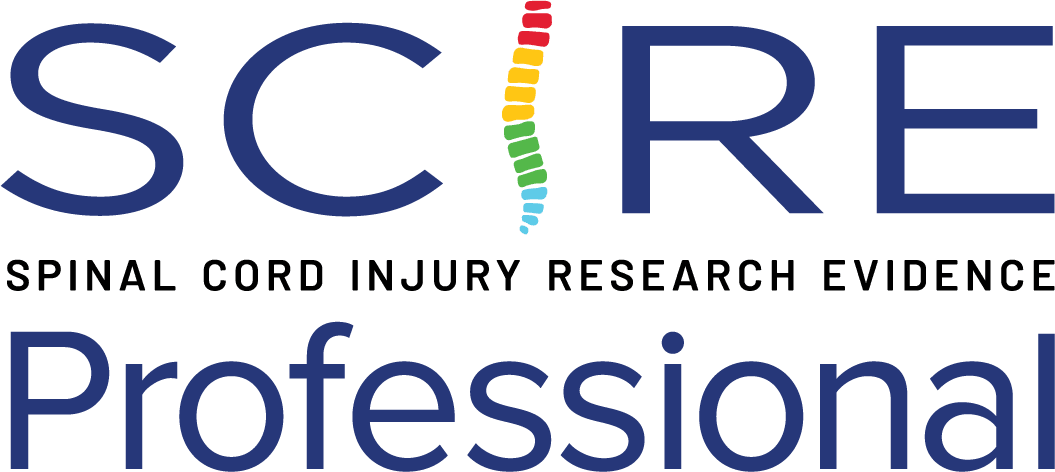Measurement Property Summary
# of studies reporting psychometric properties: 3
Interpretability
MCID: not established in SCI
SEM: not established in SCI
MDC: not established in SCI
Reliability – High
- High Inter-rater Reliability:
- Pretherapy: ICC = 0.98
- Posttherapy: ICC = 0.99
(Kapadia et al. 2012; n=21; ASIA B-D; level of injury: C4-C7; time since injury < 6 months)
(Nagai et al. 2018; n=20; 10 participants with SCI; injury level: C5-C7)
- High Inter-rater Reliability of the 10-object manipulation component of the 3D TRI-HFT:
- Sub-acute study: ICC = 0.994 (95% CI: 0.985–0.998; P < 0.000)
- Chronic study: ICC = 0.990 (95% CI:0.976–0.996; P < 0.000)
(Kapadia et al. 2021; sub-acute study: n=4, 3 males and 2 females, mean age: 51.8 years, injury level C4-C5, ASIA B-D; chronic study: n=3, 2 males and one female, mean age: 57.5 years, injury level C4, ASIA B-C)
- High Intra-rater Reliability: ICC = 1.0 (P < 0.01)
(Nagai et al. 2018; n=20; 10 participants with SCI; injury level: C5-C7)
- High Intra-rater Reliability of the 10-object manipulation component of the 3D TRI-HFT:
- Sub-acute study: ICC = 0.995 (95% CI: 0.992–0.998; P < 0.000)
- Chronic study: ICC = 0.999 (95% CI: 0.999–1.00; P < 0.000)
(Kapadia et al. 2021; sub-acute study: n=4, 3 males and 2 females, mean age: 51.8 years, injury level C4-C5, ASIA B-D; chronic study: n=3, 2 males and one female, mean age: 57.5 years, injury level C4, ASIA B-C)
Validity – Low to High
- Moderate to High correlation with FIM self-care:
- Right hand: r = 0.56
- Left hand: r = 0.73
- Low to High correlation with SCIM self-care:
- Right hand: r = 0.48
- Left hand: r = 0.62
(Kapadia et al. 2012; n=21; ASIA B-D; level of injury: C4-C7; time since injury < 6 months)
- Moderate to High correlation between 3D TRI-HFT individual test components and GRASSP Strength:
- Sub-acute study: r = 0.774 – 0.946
- Chronic study: r = 0.601 – 0.938
- Moderate to High correlations between 3D TRI-HFT individual test components and GRASSP Quantitative Prehension:
- Sub-acute study: r = 0.804 – 0.938
- Chronic study: r = 0.633 – 0.997
(Kapadia et al. 2021; sub-acute study: n=4, 3 males and 2 females, mean age: 51.8 years, injury level C4-C5, ASIA B-D; chronic study: n=3, 2 males and one female, mean age: 57.5 years, injury level C4, ASIA B-C)
Responsiveness
No values were reported for the responsiveness of the TRI-HFT for the SCI population.
Floor/Ceiling Effect
No values were reported for the presence of floor/ceiling effects in the TRI-HFT for the SCI population.
Reviewers
Dr. Janice Eng, Dr. Carlos L. Cano-Herrera, Matthew Querée
Date Last Updated
31 December 2024
